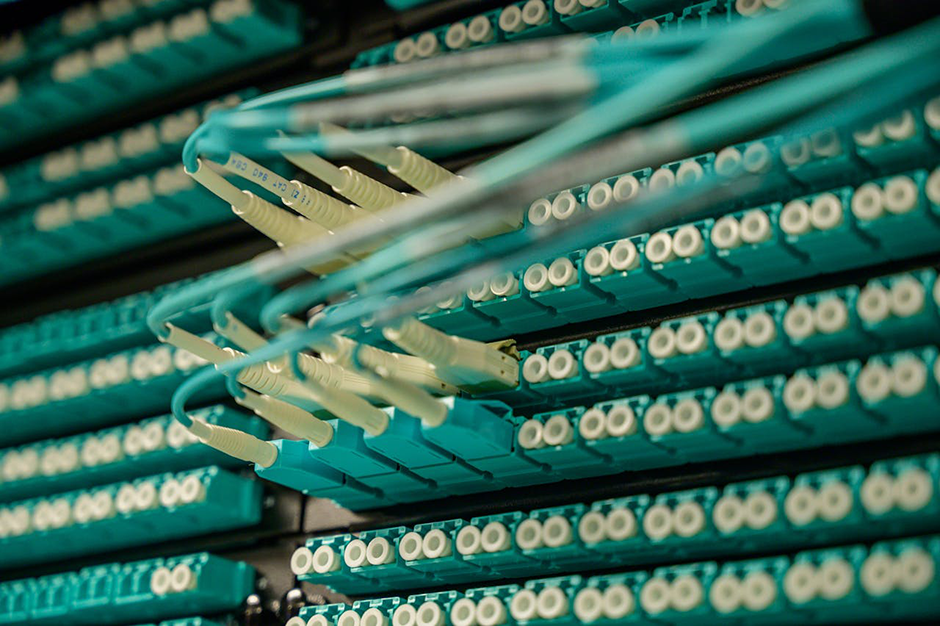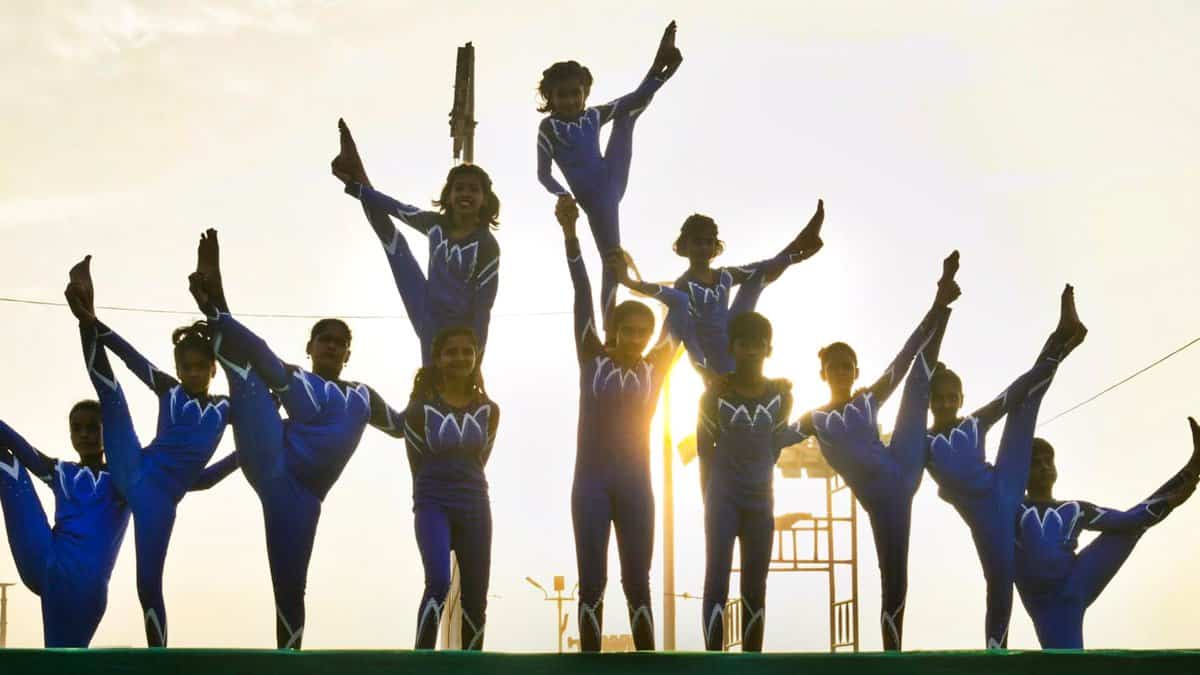India is now looking to procure 114 new fighter jets, with Russia, France, and the US competing for the deal.
India is facing a tough decision after US President Donald Trump offered the F-35 fighter jet, one of the world’s most advanced and expensive combat aircraft. At the same time, Russia, India’s long-time ally, has proposed building the Su-57 stealth fighter jet in India. Meanwhile, India’s neighboring countries are rapidly expanding their air forces with stealth fighter jets, but India has yet to decide on its next fighter jet purchase after the Rafale.
The F-35, designed specifically to counter threats from Russia and China, has so far been sold only to close US allies. Defence experts warn that India’s delay in making a decision has allowed China to surge ahead, outpacing India nearly three times over the past decade.
According to Christopher Clary, a political scientist at the University of Albany, data from the International Institute for Strategic Studies shows that between 2014 and 2024, China added 435 new fighter jets to its air force, while Pakistan added 31. In contrast, India’s fighter jet fleet actually shrank by 151 aircraft during the same period.
To counter this, India plans to strengthen its air force with 500 domestically made Tejas fighter jets. However, this plan has faced major delays due to the US delaying the supply of jet engines, slowing down India’s progress in building its own fighter aircraft.
F-35: A costly deal for India
The American F-35 fighter jet is packed with advanced sensors, AI capabilities, and superior data-sharing technology. It can even evade radar detection, making it one of the most advanced stealth jets in the world. However, each F-35 comes with a hefty price tag of USD 80 million.
According to a BBC report, senior fellow Ashley J. Tellis from the Carnegie Endowment believes that Trump’s offer of the F-35 is more symbolic than practical. He suggests that Trump is promoting US weapons sales rather than making a serious deal. Meanwhile, India is focused on developing its own fifth-generation fighter jet, the AMCA, and possibly acquiring more Rafale jets.
Tellis also pointed out that Russia is offering India a co-production deal for its Su-57 fighter jet, while the U.S. has no such offer. Moreover, the US would likely impose strict monitoring conditions on India if it were to buy the F-35, making the deal less attractive.
Another major issue is the high cost and expensive maintenance of the F-35, which could push India towards considering Russia’s offer instead. However, some analysts argue that the Su-57 may not be a strong competitor. In fact, India withdrew from the project in 2018 due to disagreements over technology transfer with Russia.
Indian Air Force facing fighter jet shortage
The Indian Air Force (IAF) is struggling with a shortage of fighter jets, and its fleet is aging rapidly. As per reports, the IAF currently operates 31 fighter squadrons, whereas the approved strength is 42 squadrons. The fleet consists mainly of Russian jets like Sukhoi and MiG, along with French aircraft such as the Rafale and Mirage 2000.
One of the biggest challenges for India is finding a suitable replacement for the Sukhoi-30, which makes up a significant portion of its fleet. Additionally, India’s plan to induct indigenous Tejas fighter jets has been delayed due to the non-availability of American engines, a concern that the IAF chief has openly expressed dissatisfaction over.
India is now looking to procure 114 new fighter jets, with Russia, France, and the US competing for the deal. Meanwhile, China has already deployed J-20 and J-35 stealth fighters, and Pakistan is also acquiring J-35 jets.
Most experts believe that India is unlikely to purchase stealth fighters from either the U.S. or Russia. Instead, the country is expected to focus on developing its own indigenous stealth fighter jets for the future.

















































